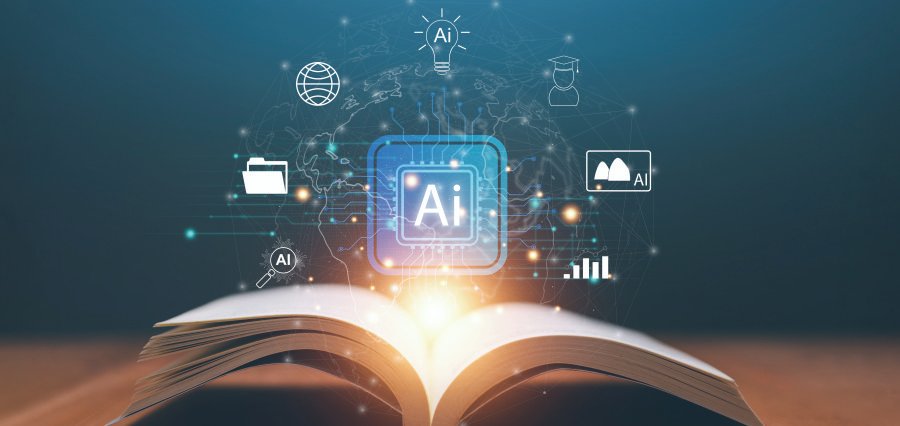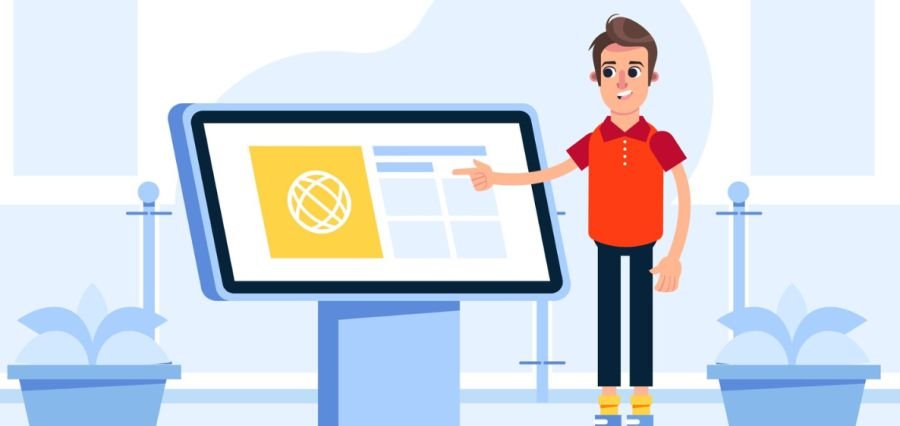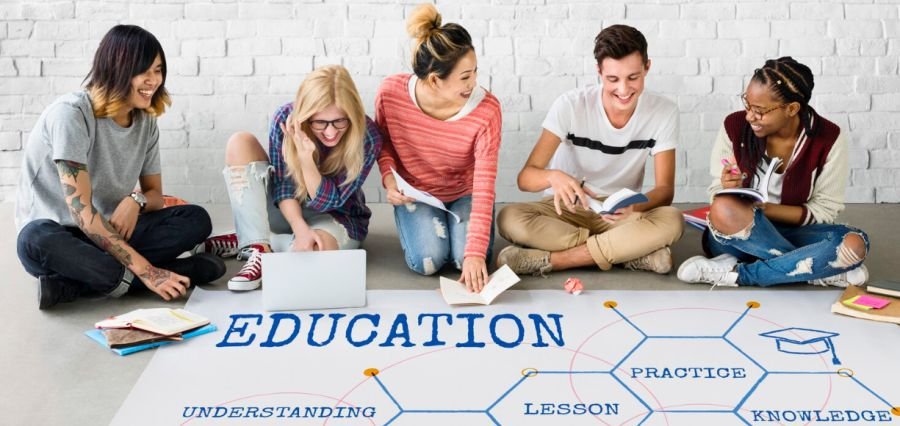Are you ready to explore how technology has revolutionised education? Join us as we unpack some e-learning strategies together and discover how they create a more engaging learning experience!
What is e-learning?
E-learning is a form of distance education that uses electronic technologies to provide information and educational resources to students. {1}
E-learning Strategies
- Microlearning
Microlearning is an educational approach that delivers knowledge in small, focused pieces to achieve specific learning outcomes. Typically presented through formats like videos, articles, and audio clips, microlearning aims to help learners develop particular skills to solve immediate problems. The content is concise and easily consumable, usually taking 1-15 minutes to engage with. {2}, {3}
- Blended Learning
This form of e-learning can be highly effective because it offers learners the advantage of both modes of education. For instance, students can complete an online course and, when necessary, consult with an instructor for in-person assistance. {1}
- Gamification
Gamified e-learning techniques enhance learner engagement and boost course completion rates. Gamification involves applying game design principles to educational contexts, making learning more interactive and enjoyable. {1}, {4}
It also involves incorporating game-like elements, such as points, badges, and rewards, to engage and motivate learners in online courses, which can lead to improved retention and comprehension of material. {4}
- Mobile Learning
Mobile learning is conducted on mobile devices like smartphones and tablets. It encompasses various formats such as apps, podcasts, videos, and online courses. It allows learners to study anytime and anywhere. Additionally, it can complement other e-learning methods, enabling access to materials offline and benefiting those in areas with limited internet connectivity. {1}
- Customised E-learning
Customised e-learning prioritises tailoring learning experiences to address individual learner needs, which include preferences for content, timing, and methods of learning. It can involve adjusting the learning pace and employing diverse instructional approaches to effectively engage learners. {1}, {5}
- Peer Learning
An additional successful e-learning approach is peer learning, which encourages active involvement through discussions led by learners and collaborative problem-solving. This method is typically quicker and more cost-effective than traditional training programs. {6}
Discussion boards, for instance, serve as a valuable resource for peer learning by enabling learners to exchange insights, engage in dialogue, and collectively develop solutions. {6}
Resources:
- Five Common E-Learning Strategies (dynamicpixel.co.in)
- Best eLearning Strategies: All You Need to Know to Boost Efficiency | LearnWorlds Blog
- What Is Microlearning? A Complete Guide for Beginners [2024] | LearnWorlds Blog
- The Advantages Of Gamification In eLearning – eLearning Industry
- Creating Customized ELearning | Customized ELearning Solutions (elucidat.com)
- E-Learning Strategies for Effective Teaching and Learning (wpschoolpress.com)









